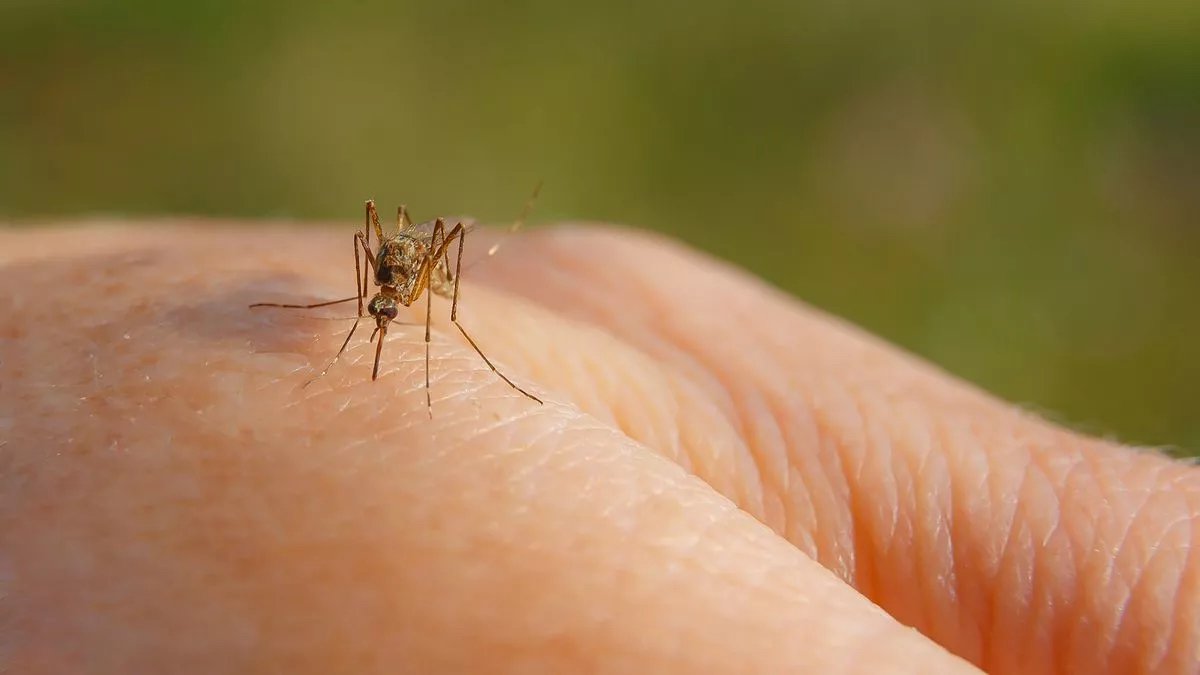Oropouche Fever is an emerging viral illness that is gaining attention due to its growing incidence in certain parts of Central and South America. Caused by the Oropouche virus, this mosquito-borne disease can lead to significant health problems in affected regions. While it may not be as well-known as other tropical diseases, such as dengue or Zika, understanding Oropouche Fever is crucial as it continues to spread.
What is Oropouche Fever?
Oropouche Fever is a viral disease transmitted primarily by the Culicoides paraensis midge, though other insects like mosquitoes can also spread the virus. First identified in Trinidad in 1955, the Oropouche virus belongs to the family Peribunyaviridae and has since caused several outbreaks across South America, particularly in Brazil, Peru, and Panama.
The virus targets the central nervous system, and although not typically fatal, it can lead to debilitating symptoms that disrupt daily life.
Symptoms of Oropouche Fever
The symptoms of Oropouche Fever generally appear three to eight days after being bitten by an infected insect. The initial signs of infection resemble other viral illnesses and may include:
• High Fever: Often the first and most prominent symptom.
• Severe Headache: Intense head pain that can last for several days.
• Muscle and Joint Pain: Aching muscles and joints, similar to dengue fever.
• Fatigue: Extreme tiredness, which can linger even after the fever subsides.
• Rash: Some individuals develop a red skin rash, which may be accompanied by itching.
• Nausea and Vomiting: Gastrointestinal symptoms may occur in some cases.
In rare instances, the virus can lead to more severe complications such as encephalitis (inflammation of the brain), especially in individuals with weakened immune systems.
How is Oropouche Fever Transmitted?
The primary vector for Oropouche Fever is the Culicoides midge, a tiny biting insect commonly found in tropical and subtropical regions. However, there is evidence that mosquitoes, such as Culex and Aedes, may also play a role in transmission.
Human-to-human transmission of Oropouche Fever does not occur, but it can spread rapidly in densely populated areas where the vector insects thrive. Outbreaks are often reported during the rainy season when the population of midges and mosquitoes increases.
Prevention and Treatment of Oropouche Fever
There is currently no vaccine or specific antiviral treatment for Oropouche Fever. However, most individuals recover on their own with proper rest, hydration, and over-the-counter medications to manage symptoms like fever and pain.
Preventing insect bites is the most effective way to reduce the risk of infection. Here are some preventative measures:
• Use Insect Repellent: Apply repellents containing DEET, picaridin, or oil of lemon eucalyptus.
• Wear Protective Clothing: Long sleeves and pants help reduce skin exposure.
• Install Window Screens: Keeping midges and mosquitoes out of living areas can reduce the risk of bites.
• Use Bed Nets: Particularly in areas with high insect populations.
• Eliminate Standing Water: Midges and mosquitoes breed in stagnant water, so eliminating it can help control the vector population.
Why Is Oropouche Fever Important?
While Oropouche Fever is not typically fatal, it has the potential to cause widespread outbreaks that can disrupt communities, particularly in tropical regions. The illness can incapacitate individuals for days or weeks, affecting productivity and the economy in affected areas. Given the rise of insect-borne diseases globally, understanding and preventing diseases like Oropouche Fever is critical.
Conclusion: Awareness is Key
As Oropouche Fever continues to spread in parts of the Americas, raising awareness about the disease is crucial. Prevention through insect control and bite protection remains the best defense. While the illness is typically non-lethal, it can cause significant discomfort and lead to complications in rare cases. Continued research into the disease and its transmission will be essential for future prevention and treatment strategies.
References:
• World Health Organization: Oropouche Fever





